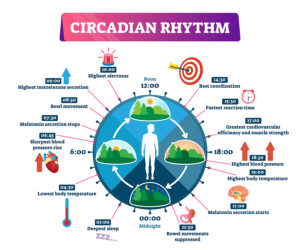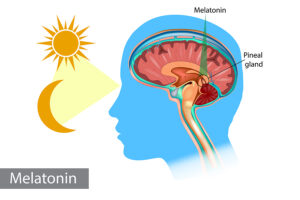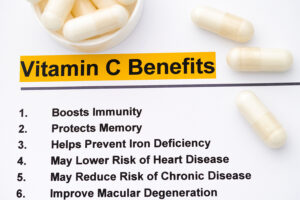Some of the Covid cases do not resolve; this created a new disease, long Covid. The German news magazine “Der Stern” described this in detail. I summarized this in English here. The English literature also mentions long Covid. Certainly, physicians learnt from observing the course of many Covid-19 cases. It is important to realize that they did not all heal. Some of them seemed to resolve, but then they reoccurred. Other patients suffer from ongoing exhaustion, shortness of breath, tiredness and pains.
When do physicians diagnose long Covid?
If symptoms of Covid-19 do not resolve within 4 weeks after the beginning, physicians diagnose this condition as long Covid. Different subtypes exist.
- Persistent symptomatic Covid-19: Covid-19 symptoms persist between 4 and 12 weeks from the beginning of Covid-19.
- Post Covid-19 syndrome: After more than 12 weeks the patient still has Covid-19 symptoms.
- Long Covid: when a patient develops new Covid-19 symptoms or still has symptoms beyond 4 weeks after Covid-19 physicians diagnose the patient with long Covid.
Who is getting long Covid?
A longitudinal study showed that about 1 in 10 Covid-19 cases can turn into long Covid. In some cases, this can develop out of relatively benign courses of Covid-19 cases. In other cases, a severe Covid-19 case can develop into long Covid. Notably, a research study identified risk major factors for developing long Covid. They found that increasing age, an increased body mass index and female sex were risk factors for developing long Covid. Persistent symptoms of headaches, fatigue, difficulties to breathe and a loss of smell characterize the presence of long Covid. Another criterion was whether a person had to be treated in an ICU setting during the acute phase of Covid-19. These people are at a higher risk to develop long Covid at a later time.
Long Covid symptoms
The most common symptoms of long Covid are tiredness, headaches, problems breathing, concentrating and circulation problems. But fast heart beats, sleeping disorders, chronic pains and hypersensitivity to light and sound are also part of the symptom complex. Researchers found that in 70% of patients with long Covid one or more organs were damaged by the virus. All the affected organs had ACE2 cell receptors. Many patients with long Covid have lung problems.
Pre-existing lung problems
According to one review it was mainly patients with pre-existing lung problems, older patients or patients who had other pre-existing health problems who developed lung complications. 3-5% of long Covid patients can also develop heart problems. Most patients have reduced pumping capacity, heart muscle inflammation, pericardial inflammation or scarred heart tissue. One symptom is very common: fatigue, which is a state of persistent tiredness, exhaustion and listlessness that cannot be managed with sleep. These are the symptoms of a new disease, long Covid.
Treatment possibilities for long Covid patients
The therapy is based on the symptoms. A guideline on post/long Covid, which was recently published by several professional societies, states that there is still no scientifically reliable evidence for a specific therapy. The guideline lists diagnostic recommendations as well as therapy options for various symptoms such as fatigue, olfactory disorders, cardiological, neurological and psychiatric aspects.
Oxygen therapy
The researchers are currently working on a variety of different treatment approaches. Oxygen therapy is one of them. Hyperbaric oxygen tanks are used for this. Patients breathe pure oxygen in these tanks for about two hours a day for several weeks. The first patients treated with this oxygen therapy have reported positive effects according to Dr. Ullrich Siekmann in Aachen, Germany. Further studies, however, are required to confirm these preliminary investigations.
Blood washing or HELP apheresis
Doctors see another possibility of treatment in blood washing. With the so-called “HELP apheresis“, the blood is freed from harmful substances in a similar way to dialysis in kidney failure patients. Blood washing is already in use for people who have had strokes or heart attacks and where other medicines do not help. Researchers used this procedure also for long Covid patients.
Supplements that may help
According to Dr. Jacob Teitelbaum, a board-certified internist, these supplements may be helpful: N-acetyl cysteine (NAC), glutathione, CuraMed (a curcumin supplement), and omega-3 supplementation. These supplements treat chronic inflammation.
Conclusion
Long Covid is a sub-category of Covid-19 in patients whose symptoms do not resolve. This is subject to intensive research, which I summarized here. These patients have characteristic symptoms. Newer treatment options seem to consist of pressurized oxygen therapy and of blood washing with the name of “HELP apheresis”. Certain supplements that are anti-inflammatory may also be of benefit. Despite these new efforts this leaves many patients with organ damage and continuing chronic symptoms.















